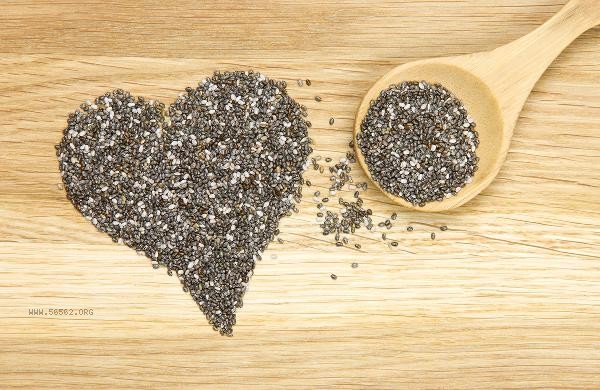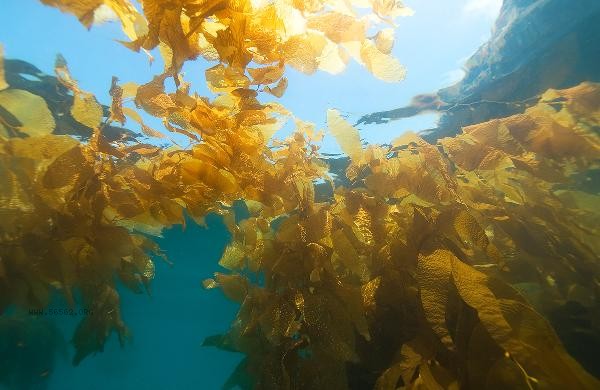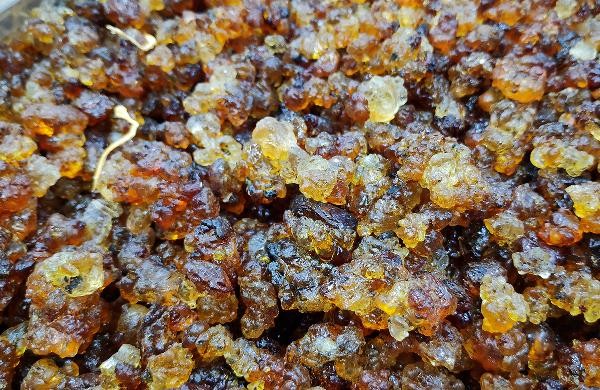It is usually not recommended to eat raw seaweed that has been purchased. Seaweed may contain microbial contamination, parasites, or processing residues, and is safer to consume after high-temperature treatment. Seaweed may come into contact with bacteria, parasites, or industrial pollutants in seawater during cultivation, harvesting, and processing. Although commercially available dried seaweed has been dehydrated, it cannot completely kill microorganisms, and eating it raw may cause gastrointestinal discomfort. Some seaweed products are processed with added salt or preservatives, and direct consumption may result in excessive intake of additives. The small organisms such as diatoms attached to the surface of seaweed may also cause allergic reactions.

Some ready to eat seaweed that has undergone special sterilization treatment can be opened and eaten immediately, and the packaging of these products will clearly indicate that they can be consumed directly. Choosing seaweed with organic certification or deep-sea aquaculture has a relatively low pollution risk, but it is still recommended to check the product description. The components such as alginate in seaweed are more easily digested and absorbed by the human body after heating, and high temperatures can also decompose some possible algal toxins.

It is recommended to rinse seaweed with water before daily consumption and boil or bake it. It can be paired with protein rich foods such as tofu and eggs to improve nutrient absorption. Pay attention to moisture and light during storage, and consume as soon as possible after opening. Special populations such as pregnant women, children, or immunocompromised individuals should avoid consuming raw seaweed products. If they experience discomfort symptoms such as diarrhea and rash, they should seek medical attention promptly.









Comments (0)
Leave a Comment
No comments yet
Be the first to share your thoughts!